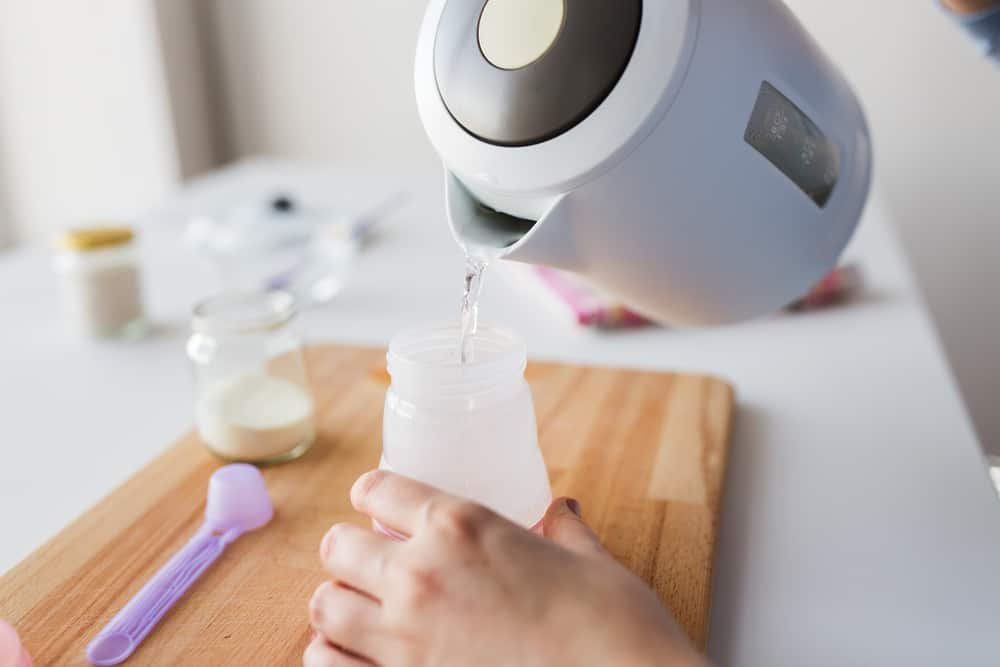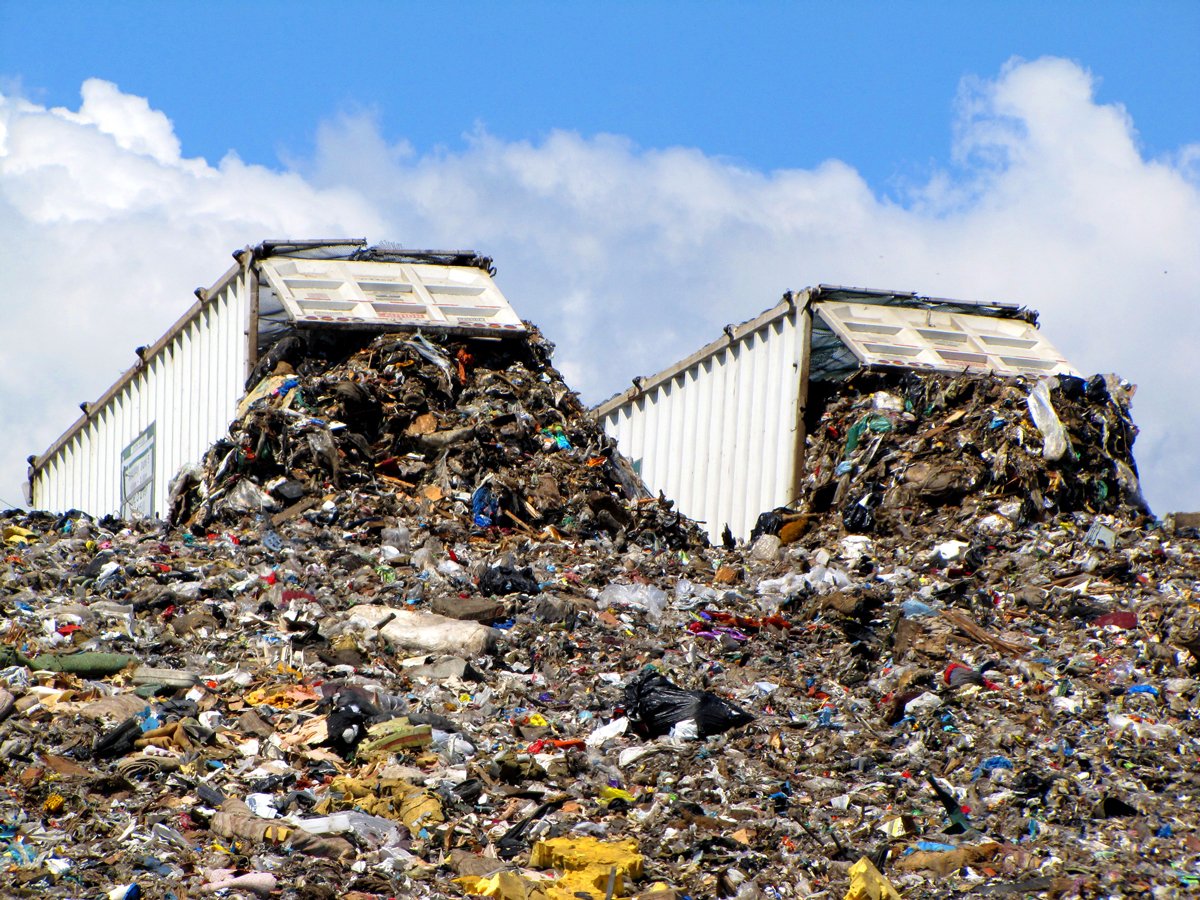It costs around 5p to boil a kettle. If you’re like me and boil the kettle about 20 times per day that equates to £365 a year spent boiling the kettle.
If you have a baby that’s being bottle fed and several tea and coffee drinkers in your house you probably boil the kettle more than that.

An energy saving kettle could cut that cost and in half and half the amount of energy wasted.
That means you could save around £150 a year just by switching to an energy-saving kettle!
How do energy efficient kettles save energy and money?
- Faster Boiling Time: Energy-efficient kettles are designed to boil water faster than traditional kettles. The faster the water boils, the less time the kettle element is active, leading to energy savings. These kettles can bring water to a boil much quicker, reducing the overall time the kettle is turned on.
- Precise Water Measurement: Many energy-efficient kettles come with clear water level indicators, allowing users to boil only the amount of water they need. Traditional kettles, without precise measurements, might lead users to boil excess water, wasting energy. Boiling only the necessary amount of water can significantly reduce energy consumption.
- Thermal Insulation: Some energy-efficient kettles are designed with better insulation, which helps in maintaining the water temperature for a longer period after boiling. This means that the kettle doesn’t need to reheat the water as frequently if you don’t use it immediately, saving energy.
- Temperature Control: Certain energy-efficient kettles allow users to control the temperature, enabling them to heat the water to the required level without unnecessary boiling. For example, if you’re making a green tea that doesn’t require boiling water, you can set the kettle to the appropriate temperature, saving energy compared to boiling water at 100°C.
While the exact energy savings can vary between different models, it’s generally estimated that energy-efficient kettles can save around 30-50% of the energy used compared to traditional kettles. Over time, these savings can add up, especially in households where hot water is frequently needed.
When purchasing an energy-efficient kettle, it’s a good idea to look for the Energy Saving Trust Recommended logo or other energy efficiency certifications, which indicate that the kettle meets certain energy-saving standards. Additionally, check the manufacturer’s specifications for detailed information on the kettle’s energy efficiency features and potential energy savings.


 Day 21
Day 21
 Day 19
Day 19